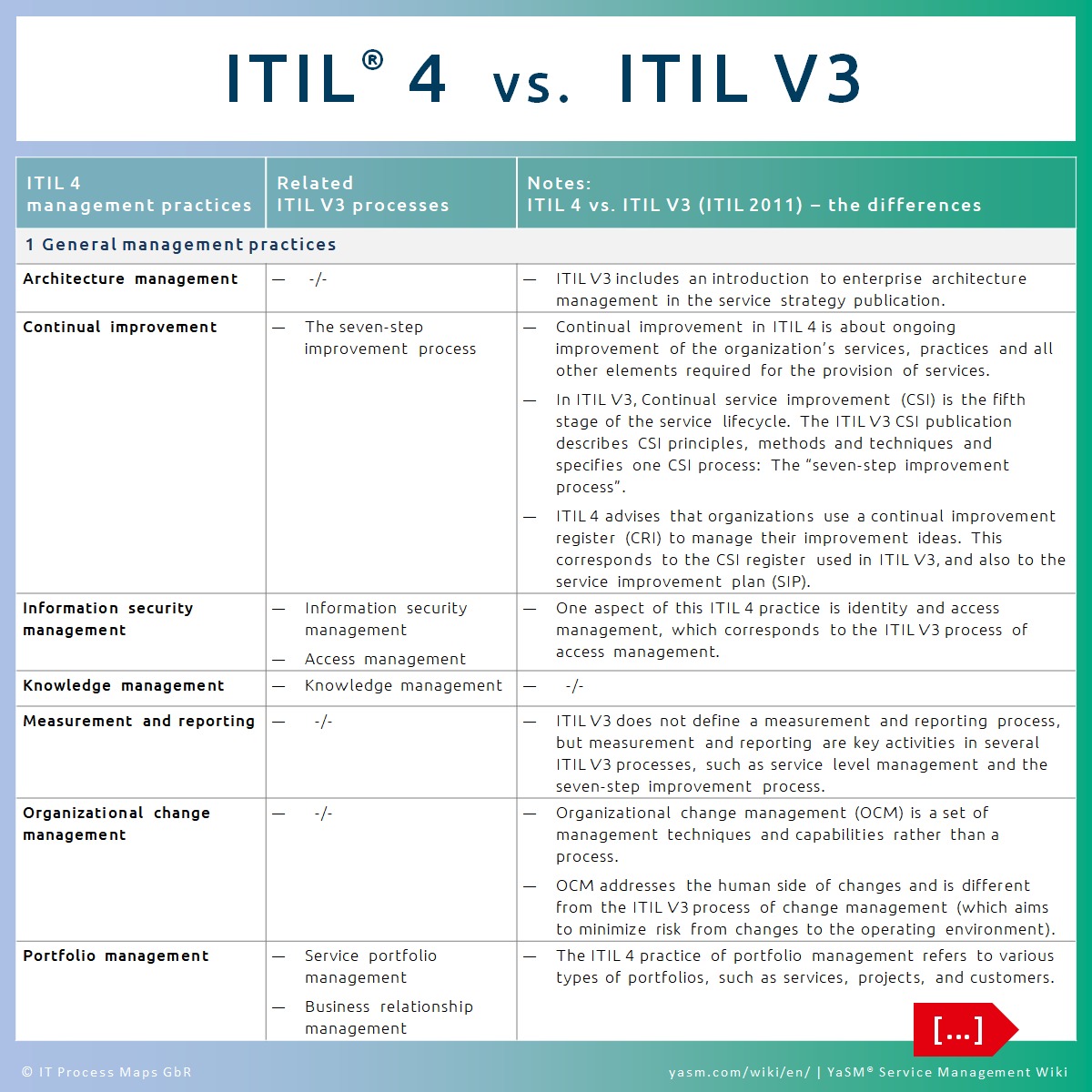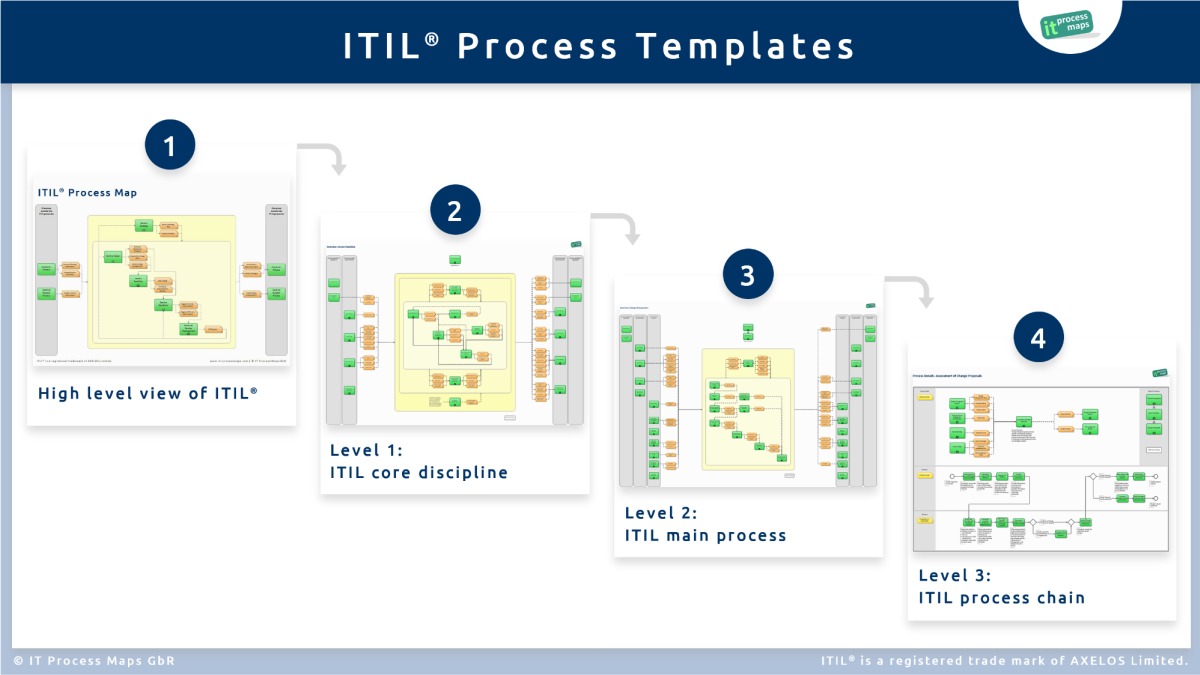

Interconnecting cloud with other risk programs There is broad usage and new process adaptation within your organisation. Maturing and accelerating Based on more data from communication with stakeholders and with more insights from skills training, you can adjust your control and governance structures by:ĭeveloping comprehensive security and configuration standards Managing initial phases These initial phases involve:ĭefining initial minimum security and configuration standardsĬommunicating with stakeholders, including boards and regulatorsĭetermining initial risk and compliance oversightģ. Implementing dedicated but integrated governanceĢ. Having an agile mindset - long-term planning with iterative builds Setting your cornerstones Cornerstones include: These insights provide a good use case for ITIL and cloud training - where the framework guides the management of cloud services. Zac Maufe, Financial Services Industry Solutions for Google Cloud, offers insights on creating a cloud security transformation roadmap to help Chief Information Security Officers, Chief Risk Officers, Chief Compliance Officers, Heads of Internal Audit, and their teams. Successful digital transformation requires changing the organisation, culture, technology and processes. Mapping out secure digital transformation in finance For some, applying knowledge in ITIL® 4 makes acquiring and managing cloud services more manageable. But many firms need more tools and skills to map their digital transformation journey in this context and see it through. According to Accenture, 94% of banking executives project that half or more of their organisation's business will be in the cloud within three years. These benefits are not lost on leaders within the finance space. It also supports banks in addressing many security risks and complying with regulatory requirements, such as data privacy and security standards. The course is ideal for those who require a basic understanding of ITIL, and IT professionals working within an organisation that has adopted ITIL.Adopting cloud computing technologies and services offers financial services institutions opportunities to ease customer transactions and processes. The course outlines the ITIL lifecycle explains the terminology you need to know raises your awareness of the selected processes, functions and roles involved in the framework and helps you prepare and practise for the ITIL Foundation exam. Our ITIL ® Foundation (2 Day) Training Course teaches you the key facts about implementing ITIL.

Organisations should never be content with the quality of their services, as there will always be snags and things that can be improved. Therefore, organisations need to closely monitor each service’s delivery, and be prepared to: Even though the organisation would have corrected any issues it encountered, new ones are bound to arise when customers start using the service. Knowledge management processes (discovery, capture, sharing and application).Īfter the services have been validated, they are put into a live environment.

Service validation and testing evaluation and.This is particularly important when modifying existing services. By following these steps and rectifying issues that arise, organisations can ensure that there are no disruptions to their services. This is where organisations build, test and implement their new designs. It covers many management issues, including: This is the stage where organisations plan and design their IT strategies, as well as make improvements to existing ones. It determines which services the organisation will offer and what capabilities need to be developed, covering: The service strategy stage forms the basis of an organisation’s ITSM framework, providing direction for the other four stages. There are many benefits of adopting ITIL, but for an in-depth discussion about how it helps organisations, let’s take a look at each of the framework’s five stages. It’s the most widely adopted IT service management (ITSM) framework in the world, detailing practices that enable you to provide IT services that are better aligned with your organisation’s business needs. If you deliver IT services to customers, you should be familiar with ITIL ® (Information Technology Infrastructure Library ®).


 0 kommentar(er)
0 kommentar(er)
